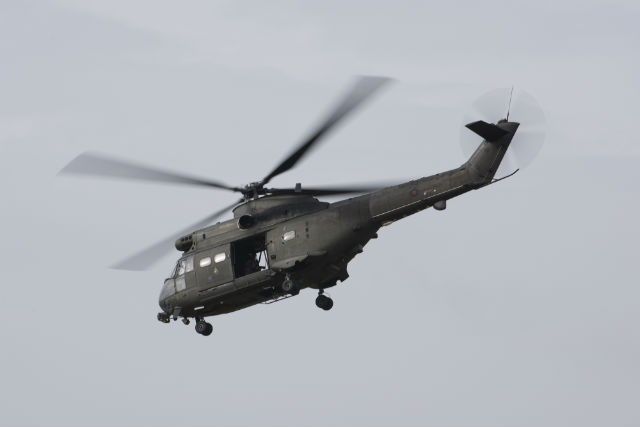AgustaWestland is calling on the governments of the UK and Italy to back ambitious plans for the development of a next-generation military helicopter that could meet the future requirements of both nations.
Daniele Romiti, chief executive of the Anglo-Italian manufacturer, likens a potential future collaboration to the agreement that underpinned the development of the AW101 in the 1980s, which, although it has since gathered a number of export customers, was initially conceived as a project between the two countries.
“The AW101 was a successful joint effort,” Romiti told attendees at an event to mark the 100th anniversary of Westland at its Yeovil factory on 12 July. “We are ready to repeat this experience in the future.”
AgustaWestland, in common with its rivals, has in recent years concentrated on bringing to market platforms that can serve both the civil and military sectors without requiring deep modifications.
However, in this instance Romiti plans to take this a step further by developing components that could be used across a number of platforms.
“The most challenging technology in a new helicopter is the drive system and the avionics integration,” he says. “These are two areas where we could share a common platform that could be applied to an attack or utility platform. We could have a full drive system ready for a 10-tonne platform.”

AgustaWestland
Romiti is eyeing an emerging need from the Italian army to replace its fleet of AW129 Mangusta attack helicopters – the oldest of which were built in 1990 – and, on the UK side, a requirement for an eventual successor to the Royal Air Force’s inventory of 1970s-era Airbus Helicopters SA330 Puma HC2 transports.
Work on the new platforms would be equally shared between the company’s facilities in Italy and the UK, says Romiti. AgustaWestland’s parent company, Finmeccanica, is “willing to invest” in any development, he says, but “everyone wants to have clarity” on any proposals.
AgustaWestland needs firm direction in next two to three years “or even before in my opinion” if it is to meet a service-entry deadline of around 2025, he says.
“If we did design something that is significant, this is an asset for export for the UK and Italy as well. I think we have a good opportunity in front of us.”
Although a new platform could also find traction in the civil market, Romiti says this is not the company’s “first priority”. The military segment is more attractive, he says, because of the number of older helicopters still in use.
“For instance, this is true for the Italian AW129 [fleet]. We have upgraded it several times but it is a 30-year-old platform and there is a limit to the number of upgrades.”

Crown Copyright
Source: FlightGlobal.com























